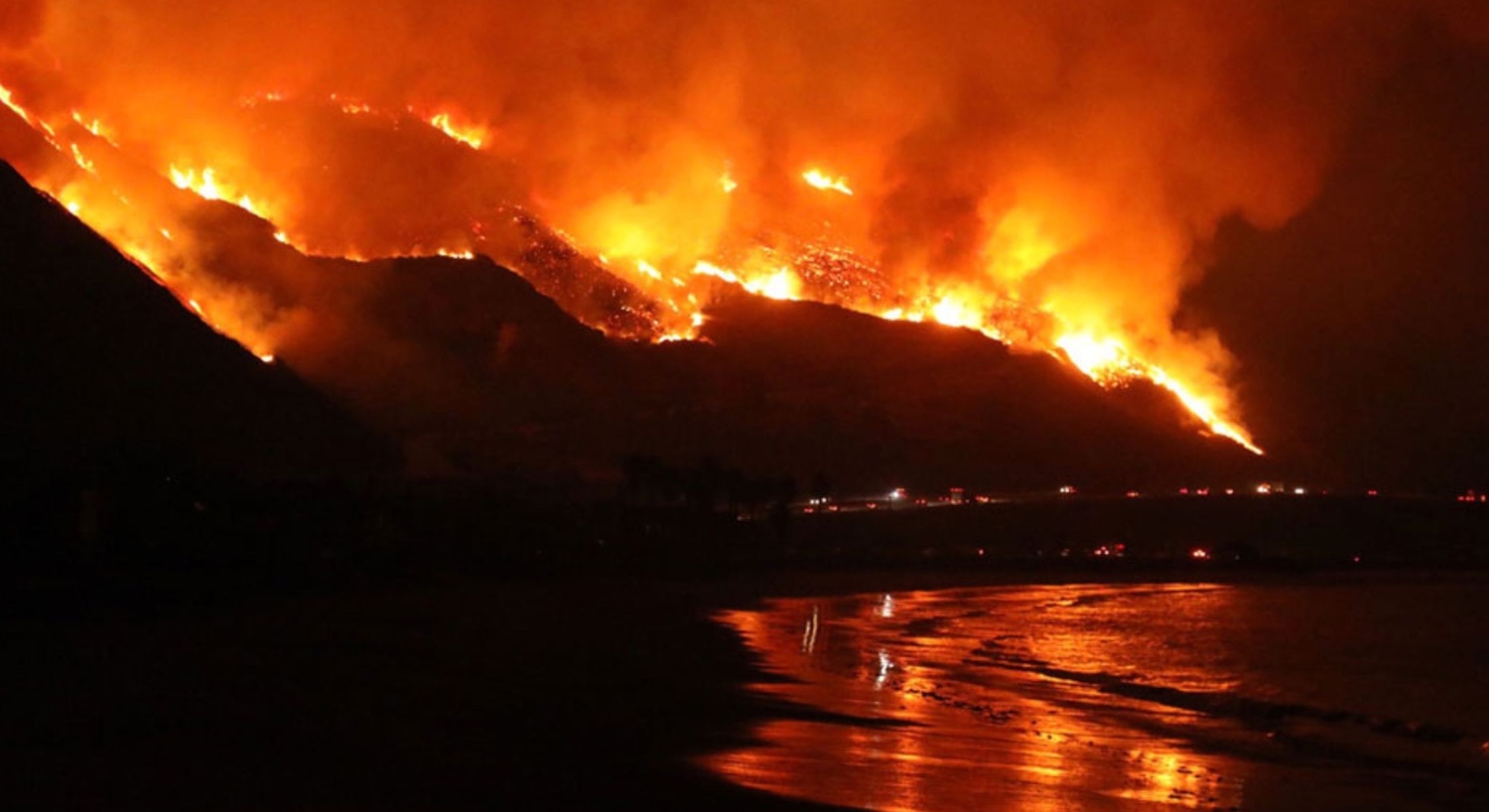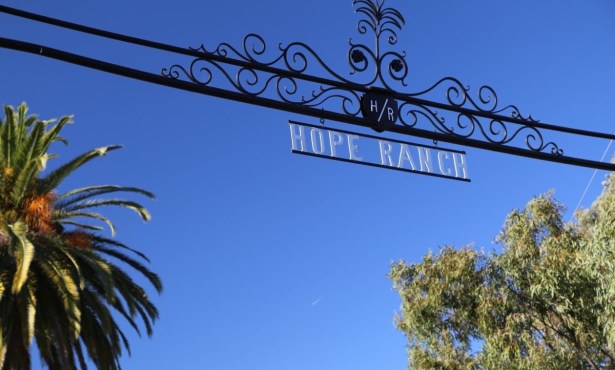Thomas Fire Research Reveals That Ash Can Fertilize the Oceans
Scientists at UCSB Have Discovered That Wildfire Ash Adds Nutrients to Marine Systems

This article was originally published in UCSB’s ‘The Current‘.
Flames roared through Santa Barbara County in late 2017. UC Santa Barbara canceled classes, and the administration recommended donning an N95, long before the COVID pandemic made the mask a household item. Smoke and ash choked the air, but the Thomas Fire’s effects weren’t restricted to the land and sky. Huge amounts of ash settled into the oceans, leaving researchers to wonder what effect it might have on marine life.
Now scientists at UC Santa Barbara have discovered that wildfire ash adds nutrients to marine systems, and that microbes at the base of the food web can use these nutrients to grow. This contrasts with the impacts of ash in freshwater ecosystems, where it is often toxic. The results appear in the Proceedings of the Royal Society B.
With a major fire scorching the region, researchers at UCSB were curious about the impact of ash on coastal ecosystems. Unfortunately, the only marine studies they could find were on volcanic ash, which has a very different chemical composition. Meanwhile, studies of wildfire ash focused on freshwater ecosystems, where the overwhelming amount of debris often has a toxic effect.
With a research cruise already on the calendar, the team jumped on the opportunity to investigate. “We planned this out in just a few weeks,” said lead author Tanika Ladd, a doctoral student at the time. “The fire broke out Dec. 4; our cruise was scheduled to go out on Dec. 17, and this clearly wasn’t in our plans for all of the cruise prep before the fire started.” The group quickly pivoted the entire cruise itinerary. Senior scientists sent off a flurry of grant applications, and the team revised the schedule a couple weeks before setting sail.
Eleanor Arrington, a former doctoral student at UCSB, collected ash from car windshields around town and mixed it into a saltwater solution for about 24 hours before filtering out the solid ash particles. They then poured different concentrations of the remaining leachate into seawater cultures and incubated them on deck for four days.
Measurements revealed that particulate organic carbon, a proxy for biomass, had increased significantly in samples with more ash leachate relative to the controls. This suggested that plankton were growing more in those samples, and drawing carbon from the atmosphere into the water via photosynthesis.
Ladd also analyzed the nutrients dissolved in the samples. The ash enriched the seawater, especially with nitrate, nitrite and ammonium, tasty sources of nitrogen for all of your photosynthetic needs. Dissolved organic nitrogen also increased. The samples with leachate had more silicic acid as well, which is used by plankton like diatoms to make their microscopic shells.
The ash also added metals to the seawater, such as copper and iron. Metals can be a mixed blessing for life. They’re necessary for biology, but are toxic in higher concentrations, which can occur in freshwater ecosystems.
Of course, the ocean is much bigger than a creek, river or lake, so ash is much more diluted in marine ecosystems. Ladd and her co-authors prepared their samples to reflect that. The sheer quantity of wildfire debris can also choke out freshwater ecosystems, a much lower risk in the ocean, where ash can settle to the bottom. Indeed, the team filtered their solution to control for light levels and other effects the particulate matter might have introduced. Overall, the researchers didn’t observe any harmful effects from the ash leachate.
This study provides some initial insights on the effect wildfire ash has on marine life. “Coastal ecosystems may have increased primary production during these wildfires,” Ladd said, “but we need to know what this actually means on a global scale.”
The impact of fires may vary depending on what’s burning and on local environmental conditions. For instance, the Santa Barbara Channel is often nitrogen limited, so ash could support a flush of growth off the California coast. Either way, fires transfer nutrients and energy from the land to the ocean, which warrants attention, especially as wildfire regimes change.



